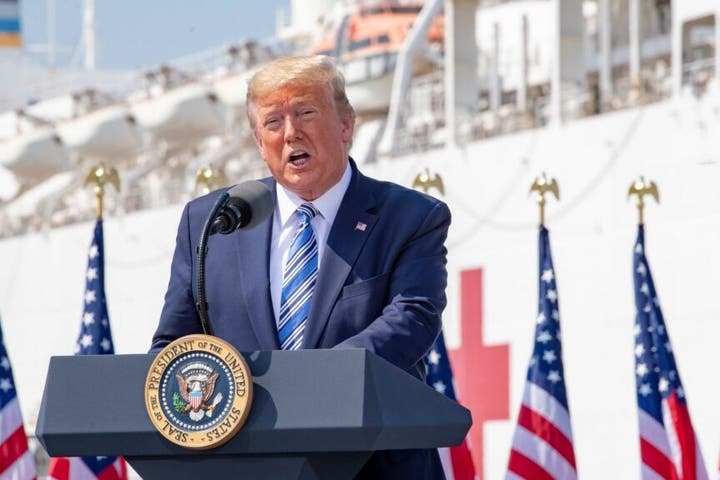
The U.S. Supreme Court on Monday lifted a federal judge’s injunction that had blocked the Donald Trump administration from continuing its downsizing of the Department of Education, clearing the path for mass layoffs affecting nearly 1,400 workers and the potential transfer of key functions to other agencies.
What Happened: The court’s brief, unsigned order represented another victory for Trump’s broader government efficiency initiative. The three liberal justices dissented from the majority decision, reported The Guardian.
U.S. District Judge Myong Joun in Boston had previously ruled on May 22 that the mass firings would “likely cripple the department” and ordered affected workers reinstated. The Boston-based First U.S. Circuit Court of Appeals rejected the administration’s appeal on June 4.
The Education Department, created by Congress in 1979, oversees a $1.6 trillion student loan portfolio affecting over 40 million borrowers. The agency also administers federal funding for disadvantaged districts and students with disabilities, while enforcing civil rights laws in schools.
Why It Matters: Education Secretary Linda McMahon announced in March that workforce reductions would slash department staff to approximately 2,183 from 4,133 when Trump took office. The layoffs align with the Department of Government Efficiency (DOGE) initiative overseen by Tesla Inc. CEO Elon Musk.
Trump signed an executive order in March directing the department to close to the “maximum extent” allowed by law. The administration plans to transfer the student loan portfolio to the Small Business Administration and special education services to the Department of Health and Human Services.
A coalition of 21 Democratic attorneys general, school districts and unions challenged the shutdown efforts, arguing they would impair core departmental functions. The plaintiffs warned that mass firings could delay federal aid disbursement for low-income schools and students with special needs.
Federal law prohibits the department from controlling curriculum, instruction and staffing decisions, which remain under state and local authority. These governments provide more than 85% of public school funding, according to the The Guardian.
While complete elimination would require congressional approval and 60 Senate votes, the Trump administration can implement significant operational changes through executive action. The legal challenge continues in lower courts as the administration moves forward with its restructuring plans.
Read Next:
Disclaimer: This content was partially produced with the help of AI tools and was reviewed and published by Benzinga editors.
Photo courtesy: Shutterstock







